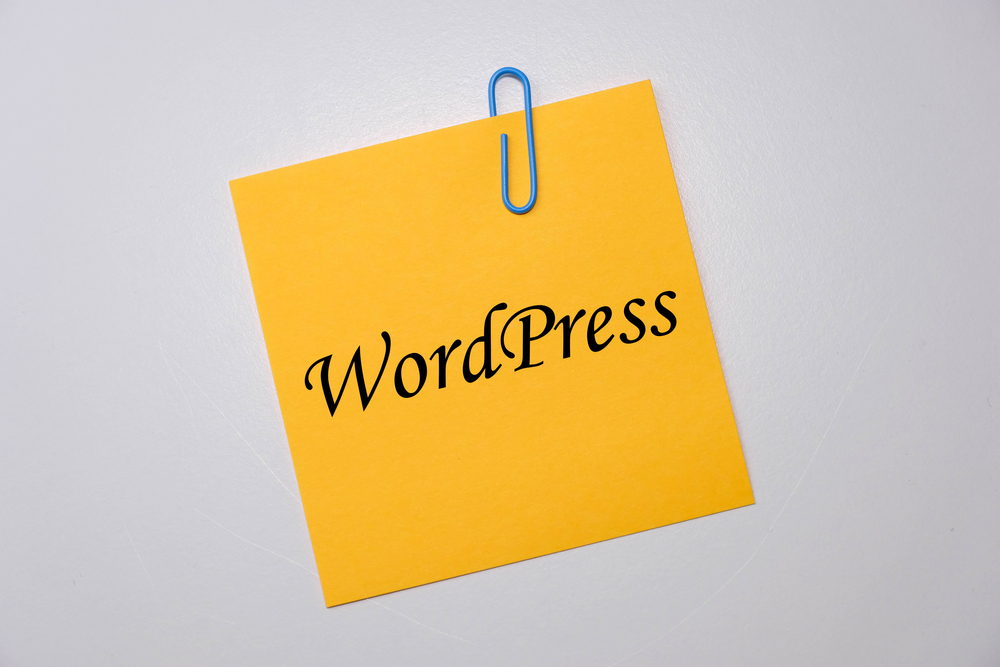
Mastering WordPress Website Customization and Maintenance: Tips & Tricks for an Optimal Online Presence

WordPress is undeniably one of the most popular content management systems in the world. Its flexibility, ease of use, and extensive range of plugins and themes have made it the go-to choice for individuals and businesses looking to establish a strong online presence. However, to truly harness the power of WordPress, it's crucial to master website customization and maintenance. In this article, we will explore some valuable tips and tricks to help you optimize your WordPress website for maximum impact.
1. Choose the Right Theme
When it comes to WordPress (the blogging platform) , the theme you choose sets the stage for your website's overall design and functionality. There are countless free and premium themes available, but it's important to select one that aligns with your brand identity and objectives. Consider factors such as responsiveness, customization options, and user reviews before making a decision. Customizing pre-existing themes can be a time-consuming task, so choose wisely from the outset.
2. Customize Your Headers and Footers
Your website's headers and footers are valuable real estate that often goes underutilized. Take advantage of this space to showcase important information, such as contact details, social media links, and a call-to-action. WordPress (or WP) makes it easy to customize these sections using plugins or by manually editing your theme's code. By harnessing the power of your headers and footers, you can enhance the overall user experience and drive desired actions from your visitors.
3. Optimize Your Images
Images play a crucial role in making your website visually appealing and engaging. However, large and uncompressed images can lead to slower loading times, which can have a negative impact on user experience and search engine rankings. To optimize your images, resize them before uploading, use compression plugins, and leverage lazy loading techniques. By reducing the file size and ensuring proper alt tags, you can enhance the performance of your WordPress (the platform for bloggers) website.
4. Leverage Plugins Wisely
One of the greatest advantages of WordPress is the vast array of plugins available. However, using too many plugins can slow down your website and potentially create conflicts. Prioritize essential plugins, such as security, SEO, and performance optimization tools, and regularly review and remove any unused or outdated plugins. Additionally, always ensure that your plugins come from trusted sources and receive regular updates to maintain compatibility with the latest WordPress (WP) version.
5. Focus on SEO
While WordPress provides a solid foundation for search engine optimization (SEO), it's important to go beyond the basics to maximize your online visibility. Install an SEO plugin, such as Yoast SEO or All in One SEO Pack, to assist with optimizing your pages and posts for targeted keywords. Pay attention to meta tags, URLs, and internal linking structure. Regularly update your content, engage in off-page SEO activities, and keep up with the latest trends and best practices to stay ahead of the competition.
FAQs
Q1: Can I switch themes after my WordPress website is live?
A1: Yes, you can switch themes at any time. However, it's important to be cautious as changing themes may affect your website's design and functionality. Make sure to backup your website and thoroughly test the new theme before making it live.
Q2: How often should I update my plugins and WordPress version?
A2: It's crucial to regularly update your plugins and WordPress version to ensure proper security and compatibility. Aim to update them as soon as new updates become available to stay protected and maintain optimal performance.
Q3: Are there any limitations to the number of plugins I can use on my WordPress website?
A3: While there is no specific limit on the number of plugins, it's recommended to use only essential plugins to avoid potential conflicts and performance issues. Regularly review and remove any unnecessary plugins.
Q4: How can I improve the loading speed of my WordPress website?
A4: To improve loading speed, optimize your images, use caching plugins, enable Gzip compression, and leverage content delivery networks (CDNs). Minimize the use of unnecessary scripts and optimize your website's code for faster rendering.
Q5: Is it possible to migrate my WordPress website to a new domain?
A5: Yes, it is possible to migrate your WordPress website to a new domain. There are plugins and services available that can assist with the process, ensuring a smooth transition without any loss of data or SEO value. Before proceeding, make sure to backup your website and follow the necessary steps provided by the migration tool.
In conclusion, mastering WordPress website customization and maintenance is essential for building a strong online presence. By carefully selecting the right theme, customizing headers and footers, optimizing images, using plugins wisely, and focusing on SEO, you can optimize your WordPress website for an optimal user experience and enhance its overall performance.
Other useful resources
- https://en.wikipedia.org/wiki/Blog
- https://www.wordpress24plus.com/services/wordpress-development/